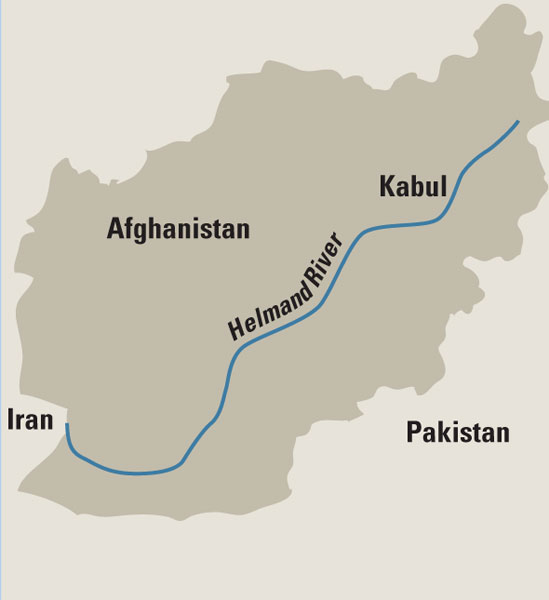

This fantastic creature—a horned, winged, lion-monster is made of leaded bronze and is a foot long and almost 10 inches tall. Considerable debate has gone into dating the object, though the weight of scholarly opinion points to the third century A.D. There is evidence that repairs were made to it, and an illegible 14th-century A.D. inscription on one leg cannot be identified with certainty other than its being Islamic. The carvings on the chest are reminiscent of furniture legs from the Parthian period of the Persian Empire (247 B.C.-228 A.D.). Alternatively, this lion-monster motif is similar to depictions in Sasanian period art (228–651 A.D.). Images of winged, horned lions were used for centuries throughout the lands of the Persian Empire, most often depicting hostile forces, such as nature or foreign gods. One of the most famous lion-monsters stands locked in an eternal battle with the Achmaenid King Xerxes (about 480 B.C) on the façade of the entrance to his harem at Persepolis. Still others are found as late as the Islamic period on the stone façade of the Mshatta Palace in Jordan (about 740 A.D.).
Already a library member? Log in here.
Institution user? Log in with your IP address.

